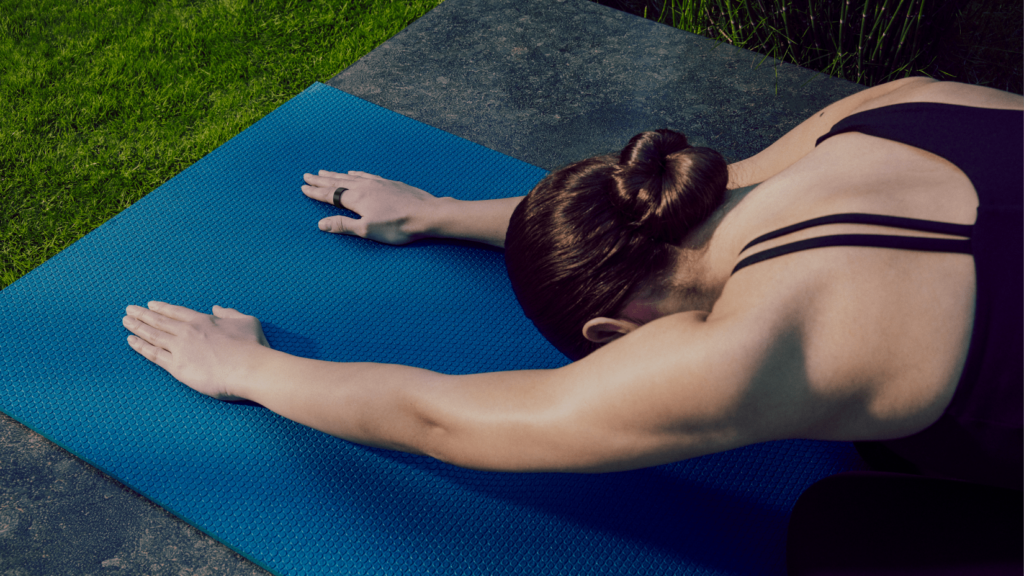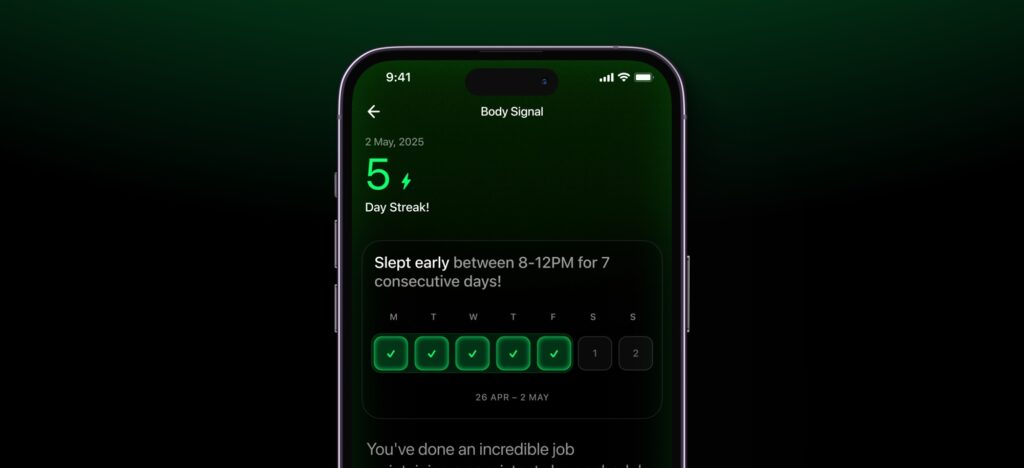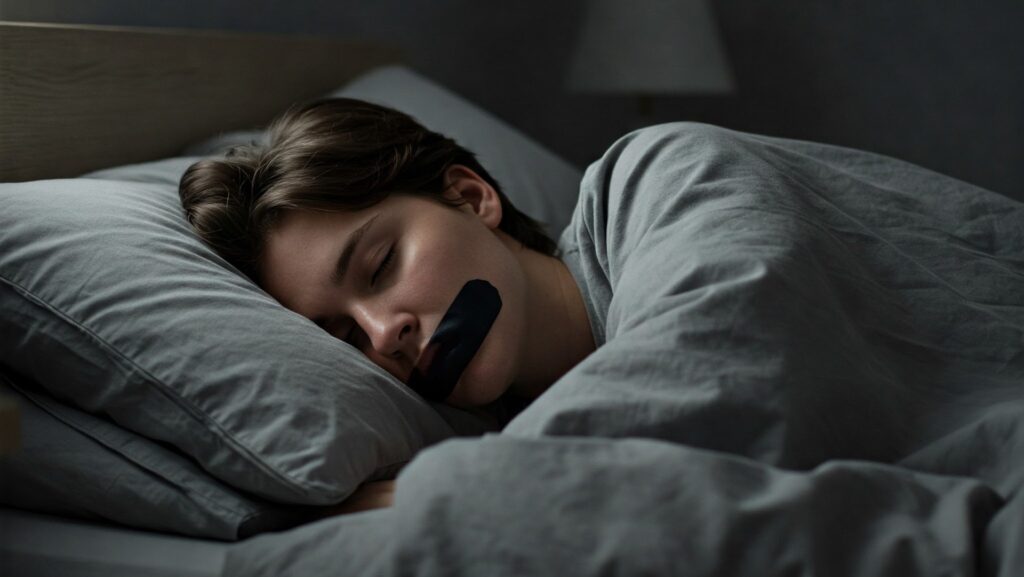The peripheral nervous system has a component in it called the ANS or autonomic nervous system. This system in our body is responsible for various vital body functions such as heartbeat, digestion, breathing and stress response. The ANS teams up with different parts of the body in different situations to produce an internal solution that can initiate recovery processes or solve a specific source of stress such as the limbic system or the vagus nerve.
Highlights
- The ANS is responsible for all automated functions in the body that are outside the realm of voluntary control, such as breathing, heartbeat, digestion, etc,
- The peripheral and central nervous systems work together to perform bodily functions and provide responses to various external and internal stimuli,
- Controlling the ANS ensures you don’t habituate your body to an environment of constant external and internal stress and enables you to relax as well, leaving your well-being in your own hands.
While these parts of the ANS function in sync with each other in an automated fashion, they are completely controlled by our actions—the more stress they are exposed to, the more they become accustomed to a constantly stressful environment. For example, high-achieving athletes who push themselves constantly on the pitch and in the training session are creating a routine that habituates their ANS to constant stress, so even when they are resting, their internal homeostasis state is functioning.
So the acute stress builds up and stays up till it turns into chronic stress—which is anything but good. Similar to how we can tilt our internal body homeostasis towards detecting constant threats, equipped with the right training and smart techniques, we can also develop the ability to take back control of these automated processes and allow our body to function optimally in the most healthy way possible.
The sympathetic, parasympathetic and somatic nervous systems
The ANS is further subdivided into the sympathetic nervous system, which is responsible for stress responses (fight or flight), and the parasympathetic nervous system, which functions like a brake and calms the body down after the danger has passed (rest and digestion). Consider these analogies, for instance. Realizing that your building is on fire and running down the stairs to save yourself—this action is facilitated by the sympathetic nervous system. Once you’re away from the burning building, you can cool down and take a moment to check yourself to stay calm now that you’re safe—this is made possible by the parasympathetic nervous system.
Autonomic functions take place because the nervous system here transmits information to and from the internal organs of the body such as the heart, the lungs, the liver, etc. These functions are usually outside the control of our consciousness.
The two ways through which we allow information to be processed and collected are described as bottom-up and top-down processing. Bottom-up processing refers to incoming sensory information from our somatic nervous system and the various receptors we have located in the sensory organs of the body. Top-down processing refers to information already stored in the central nervous system and the brain from experience and expectation, which is being utilized in the scenario. Thanks to these two procedures, we can dispense the information we have gathered, thus giving us an option to control the ANS.

The science
Functioning of the ANS
The ANS can function due to the presence of the hypothalamus and the limbic system, both of which are responsible for collecting and conveying information to and from various parts of the body. The hypothalamus, which is situated directly above the brainstem, receives autonomic input from a group of distinct structures.
This is how the ANS can be distinguished from the somatic nervous system, which is the other part of the peripheral nervous system. The somatic nervous system is responsible for all voluntary body movements—those that we can manipulate at will. For this to happen, the receptors on our sensory organs provide information from across the body to the brain and the entire nervous system. For example, in an emergency situation, the ANS works with the endocrine system in the hypothalamus to dispense hormones that help us engage in a flight-or-fight response.
Neurobiology—the peripheral nervous system
One of the major differences between the autonomic and the somatic systems is the neurons that connect them to multiple regions in the body. The neurons connected to the somatic nervous system enable the flow of information between the brain and the sensory receptors. In the case of the autonomic system, the neurons involved with the sympathetic nervous system originate from the thoracolumbar region of the spinal cord, while the nerve cells of the parasympathetic nervous system stem from the craniosacral region in the brain.
For the somatic fibre, it takes only one such alpha motor neuron to connect the central nervous system to its effector. In the case of the ANS, however, its nerve cells are present in sets of two (ganglia), connected throughout the distance from the central nervous system (comprising the brain and spinal cord) to the effector location. Despite this difference in the structure of their respective nerve cells, the somatic nervous system and the ANS often work together for particular needs the body has.
Numerous hormones and neurotransmitters are working on a cause-and-effect basis with the organs, the nervous system and the different biological systems. Acetylcholine is one such neurotransmitter that works with the somatic nervous system and is involved in mood changes, alertness, learning, memory and attention. Other prominent neurotransmitters for the ANS include norepinephrine (also called noradrenaline) and epinephrine (also called adrenaline), and it is their responsibility to regulate blood pressure, heart rate and blood sugar levels to prepare the body for a fight-or-flight scenario.
Actionables
Biofeedback
One of the techniques that can be employed with great efficiency and impact is the biofeedback-based training approach. This is a well-established method used to gain voluntary control of the ANS, as the body is actively connected in real-time with various psychophysiological states that govern its functioning and stress response, such as body temperature, heart rate variability (or HRV), sweat conductance, blood pressure, breathing, etc.
The biofeedback technique has been proven to successfully treat issues such as migraines, hypertension, attention deficit hyperactivity disorder (or ADHD), and mental–psychological well-being. Biofeedback training also positively boosts major behavioural and performance-based factors, such as improvement in mood, lowered muscle tension, lowered levels of anxiety as well as improved attention, and so on.

Resonance frequency breathing
Another technique to gain control of the ANS and correlate it with heart rate is through resonance frequency breathing. This refers to the practice of breathing at your optimal rate of inhalation, holding the breath and exhaling. The frequency will be different for different people, but it is an extremely healthy habit to cultivate, as it regulates the oxygen and energy levels in the body according to each individual’s physiology. It is known to regulate the ANS for more efficient energy consumption and effective modulation of blood pressure.
Letting go
The physical, emotional and psychological act of letting go does wonders for human physiology and the ANS once the process sets in. It avoids stress being accumulated and carried over time and prevents the sympathetic nervous system from releasing cortisol and epinephrine to prepare the body for endless stress.
Letting go can also dramatically reduce the feeling of anticipation for a stressful event, which is known to be the main factor of increased cortisol secretion. Allowing ourselves to let go of the direct source of the stress stimuli will help us take better care of our bodies and minds. In return, we gain back control over our ANS and, thereby gain greater control of our emotions, responses and overall physiology.
The vagus nerve
Another way to help calm the ANS is through the vagus nerve, which is the tenth and the longest of the twelve cranial nerves. Its primary function is to act as both a sensory and a motor neuron to transport information and neurotransmitters between the brain and different parts of the body like the heart, the stomach and the lungs. For example, in a stressful situation, after the sympathetic nervous system has done its duty by keeping you safe from a threat (fight or flight), the parasympathetic nervous system operates the vagus nerve to slow down the heart rate, replenish the glucose and energy that were used up and helps the body to relax.
Learning to control the vagus tone (activity of the vagus nerve) by methods such as body-posture modulation and various breathing techniques will immensely help towards gaining autonomic control of your body and internal physiology.
The best part about practising these techniques is that it enable people to learn the art of controlling their emotions and reactions to an extent. Everyone can master these ways over time to successfully achieve full control of their body’s internal and external states, improve their performance, and cognition and overall have a healthier life.
Conclusion
The peripheral and central nervous systems work together to perform bodily functions and provide responses to various external and internal stimuli. The ANS is responsible for all automated functions in the body that are outside the realm of voluntary control, such as breathing, heartbeat, digestion, etc. The sympathetic nervous system works to rescue you in an emergency situation by engaging you in a fight-or-flight mode, while the parasympathetic nervous system works as an antidote to the effects of the sympathetic nervous system and controls the functions that regulate the rate at which you relax, digest food and excrete waste, thereby creating a balance between excitement and inhibition.
The ANS was believed to function entirely outside of our conscious control, but recent findings suggest information to the contrary. For instance, being able to control the ANS allows you to not only seek success in your field but also give your body the rest it deserves while still performing at your best. Controlling the ANS ensures you don’t habituate your body to an environment of constant external and internal stress and enables you to relax as well, leaving your well-being in your own hands.
Disclaimer: The contents of this article are for general information and educational purposes only. It neither provides any medical advice nor intends to substitute professional medical opinion on the treatment, diagnosis, prevention or alleviation of any disease, disorder or disability. Always consult with your doctor or qualified healthcare professional about your health condition and/or concerns before undertaking a new healthcare regimen including making any dietary or lifestyle changes.
References
- https://europepmc.org/article/med/8458992.
- https://www.autonomicneuroscience.com/article/S1566-0702(06)00165-2/fulltext.
- https://www.science.org/doi/abs/10.1126/science.270.5236.644.
- https://www.ahajournals.org/doi/abs/10.1161/01.RES.16.4.363.
- https://books.google.co.in/books?hl=en&lr=&id=SfSPBAAAQBAJ&oi=fnd&pg=PT7&dq=autonomic+nervous+system&ots=wmEnu44uA5&sig=P1Y-2mIpAFerCFde9x3DdtWdw9Q&redir_esc=y#v=onepage&q=autonomic%20nervous%20system&f=false








